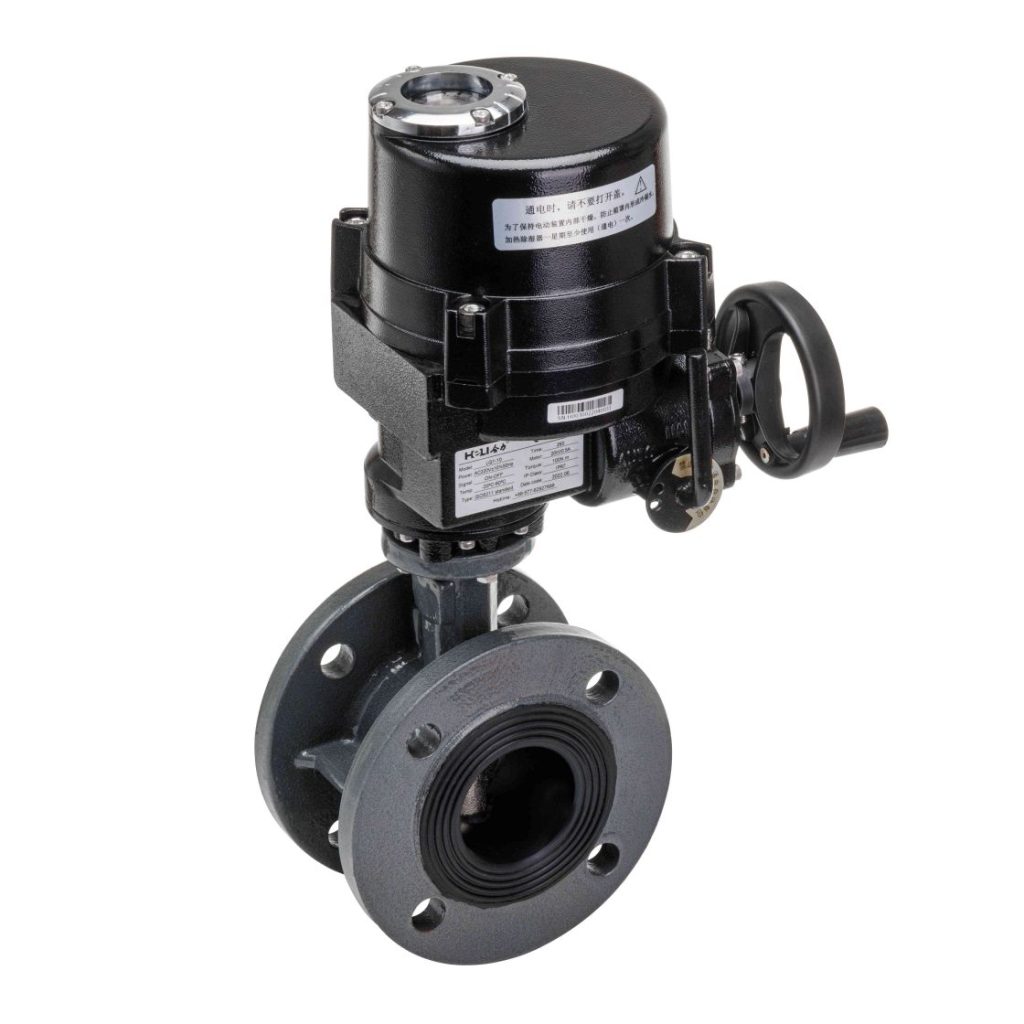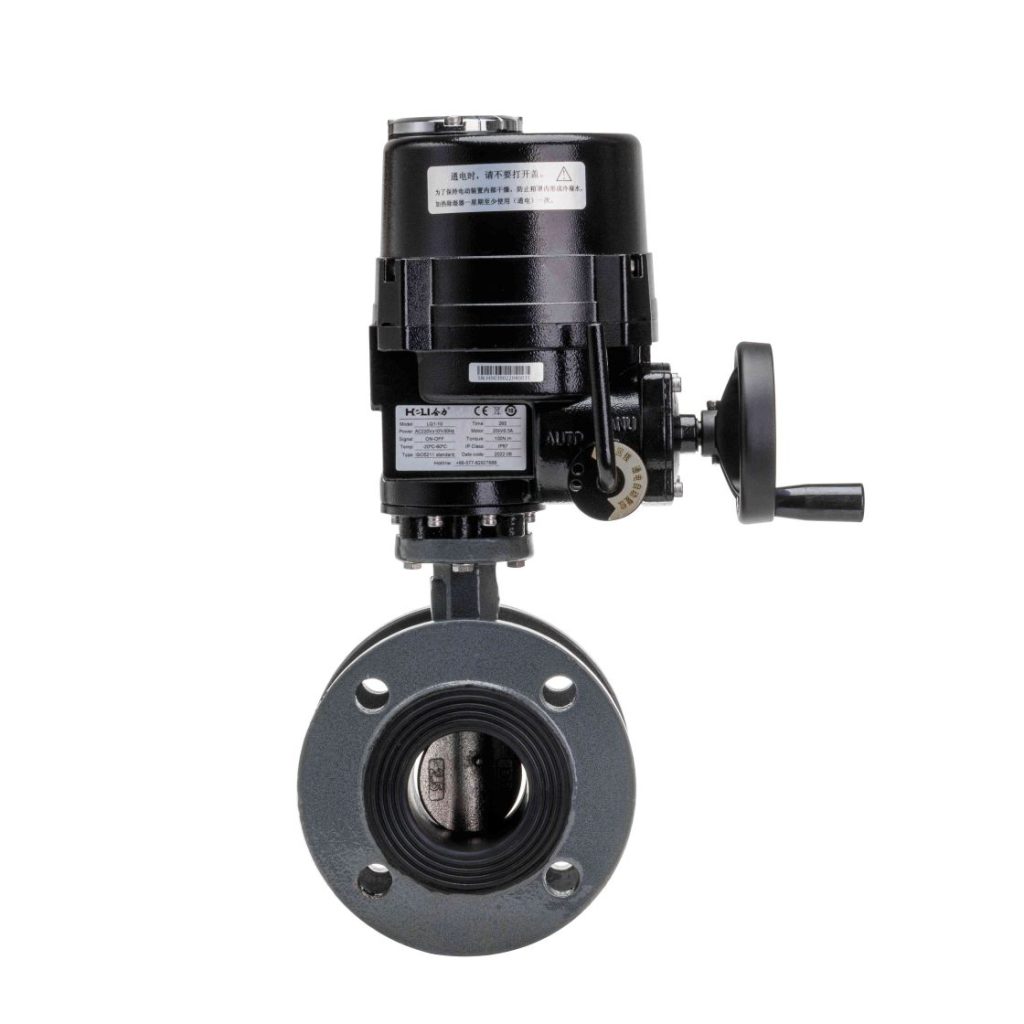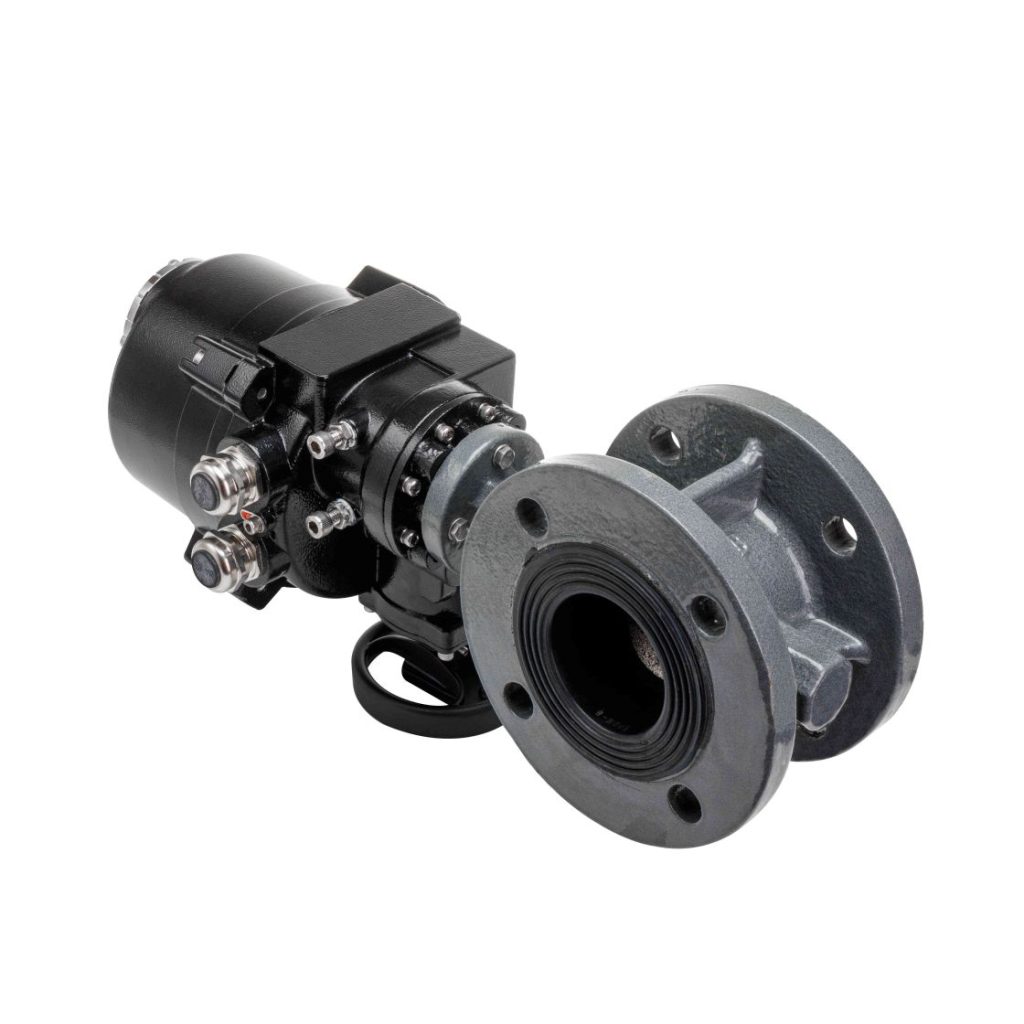The stainless steel electric rotary ball valve is a key component in modern industrial fluid control systems, combining the benefits of durability, precision, and automated operation. This type of valve, widely used across various industries including chemical processing, water treatment, oil and gas, and HVAC systems, plays a critical role in regulating the flow of fluids, gases, and slurries. In this article, we will delve into the features, advantages, and applications of stainless steel electric rotary ball valves, highlighting their importance in improving system performance and efficiency.

What is a Stainless Steel Electric Rotary Ball Valve?

A stainless steel electric rotary ball valve is a type of ball valve that is operated by an electric actuator. The valve consists of a spherical ball with a hole through its center, which rotates to control the flow of substances through a pipeline. The actuator, which is typically electric, provides the power needed to rotate the ball and open or close the valve. This allows for precise control over fluid flow, making it an essential tool in various automated systems. The stainless steel construction ensures the valve is resistant to corrosion, making it ideal for harsh environments where exposure to chemicals, high temperatures, or abrasive substances is common. The combination of stainless steel with an electric actuator offers a high level of performance and durability that manual or pneumatically operated valves cannot always match.
